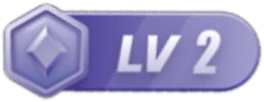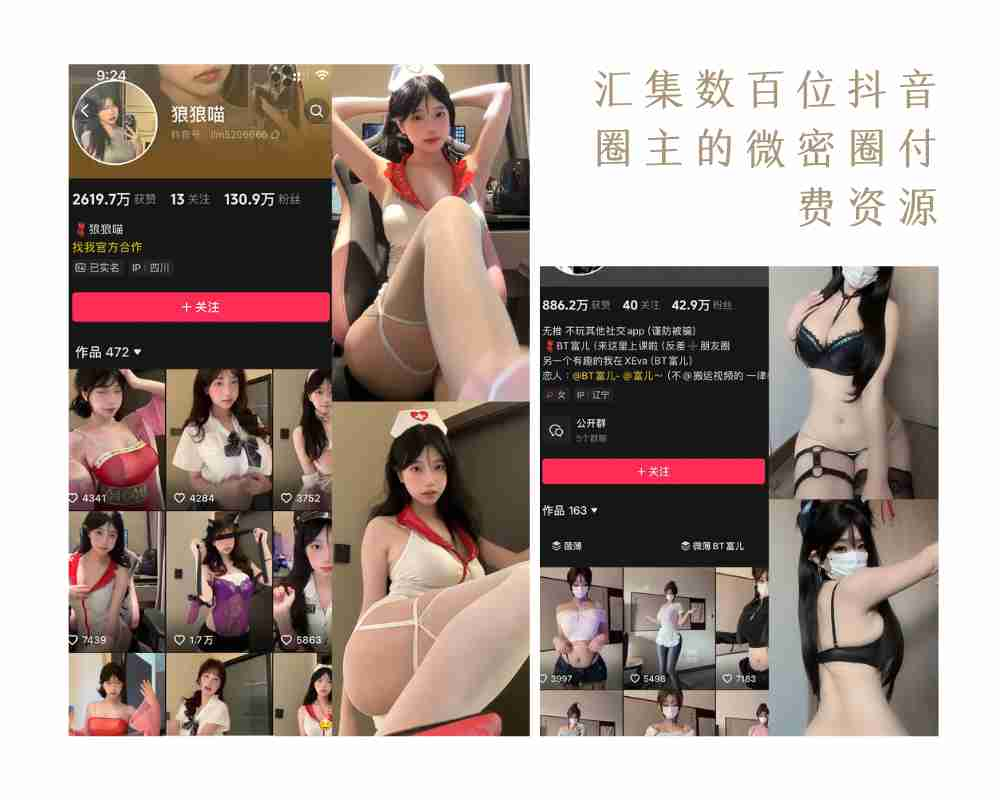设计一个 Vue 3 的弹窗组件需要考虑以下几个方面:组件结构、props 和事件、插槽、动画、可访问性等。以下是一个详细的设计思路和实现示例。
1. 组件结构
弹窗组件通常包含以下部分:
- 遮罩层(Overlay):用于覆盖背景,突出弹窗内容。
- 弹窗内容(Content):显示具体内容,支持自定义。
- 关闭按钮(Close Button):用于关闭弹窗。
2. Props 和事件
通过 props 控制弹窗的行为和样式,通过 emit 事件与父组件通信。
常用 props:
visible:控制弹窗的显示和隐藏。title:弹窗的标题。closeOnClickOverlay:点击遮罩层是否关闭弹窗。showCloseButton:是否显示关闭按钮。
常用 emit 事件:
update:visible:用于同步弹窗的显示状态。close:弹窗关闭时触发。
3. 插槽(Slots)
使用插槽让弹窗内容更加灵活:
- 默认插槽:用于放置弹窗的主要内容。
- 标题插槽:用于自定义标题内容。
- 底部插槽:用于放置操作按钮(如确认、取消)。
4. 动画
使用 Vue 的过渡组件(<transition>)实现弹窗的显示和隐藏动画,例如淡入淡出、缩放等效果。
5. 可访问性
- 使用
role="dialog"和aria-labelledby等属性提升可访问性。 - 确保弹窗可以通过键盘(如
Esc键)关闭。
实现示例
以下是一个简单的 Vue 3 弹窗组件实现:
Modal.vue
<template>
<transition name="fade">
<div v-if="visible" class="modal-overlay" @click.self="handleOverlayClick">
<div class="modal-content" role="dialog" aria-labelledby="modalTitle">
<div class="modal-header">
<slot name="header">
<h2 id="modalTitle">{{ title }}</h2>
</slot>
<button v-if="showCloseButton" class="close-button" @click="closeModal">
×
</button>
</div>
<div class="modal-body">
<slot></slot>
</div>
<div class="modal-footer">
<slot name="footer"></slot>
</div>
</div>
</div>
</transition>
</template>
<script>
export default {
props: {
visible: {
type: Boolean,
default: false,
},
title: {
type: String,
default: 'Modal Title',
},
closeOnClickOverlay: {
type: Boolean,
default: true,
},
showCloseButton: {
type: Boolean,
default: true,
},
},
emits: ['update:visible', 'close'],
methods: {
closeModal() {
this.$emit('update:visible', false);
this.$emit('close');
},
handleOverlayClick() {
if (this.closeOnClickOverlay) {
this.closeModal();
}
},
},
};
</script>
<style scoped>
.modal-overlay {
position: fixed;
top: 0;
left: 0;
width: 100%;
height: 100%;
background: rgba(0, 0, 0, 0.5);
display: flex;
justify-content: center;
align-items: center;
}
.modal-content {
background: white;
padding: 20px;
border-radius: 8px;
max-width: 500px;
width: 100%;
}
.modal-header {
display: flex;
justify-content: space-between;
align-items: center;
margin-bottom: 20px;
}
.close-button {
background: none;
border: none;
font-size: 24px;
cursor: pointer;
}
.fade-enter-active,
.fade-leave-active {
transition: opacity 0.3s;
}
.fade-enter-from,
.fade-leave-to {
opacity: 0;
}
</style>6. 使用示例
在父组件中使用弹窗组件:
<template>
<div>
<button @click="showModal = true">打开弹窗</button>
<Modal v-model:visible="showModal" title="自定义标题">
<p>这是弹窗的内容。</p>
<template #footer>
<button @click="showModal = false">关闭</button>
</template>
</Modal>
</div>
</template>
<script>
import Modal from './Modal.vue';
export default {
components: {
Modal,
},
data() {
return {
showModal: false,
};
},
};
</script>7. 优化建议
- 全局注册:可以将弹窗组件全局注册,方便在项目中任意地方使用。
- Teleport:使用 Vue 3 的
<teleport>将弹窗渲染到<body>或其他指定位置,避免样式冲突。 - 键盘事件:监听
Esc键,按下时关闭弹窗。 - 动画优化:支持更多动画效果,如缩放、滑动等。
总结
通过合理的组件设计,Vue 3 弹窗组件可以实现高度可定制化和复用性。关键点包括:
- 使用
props控制行为,emit事件通信。 - 使用插槽支持内容自定义。
- 使用
<transition>实现动画效果。 - 考虑可访问性和用户体验。
THE END



暂无评论内容